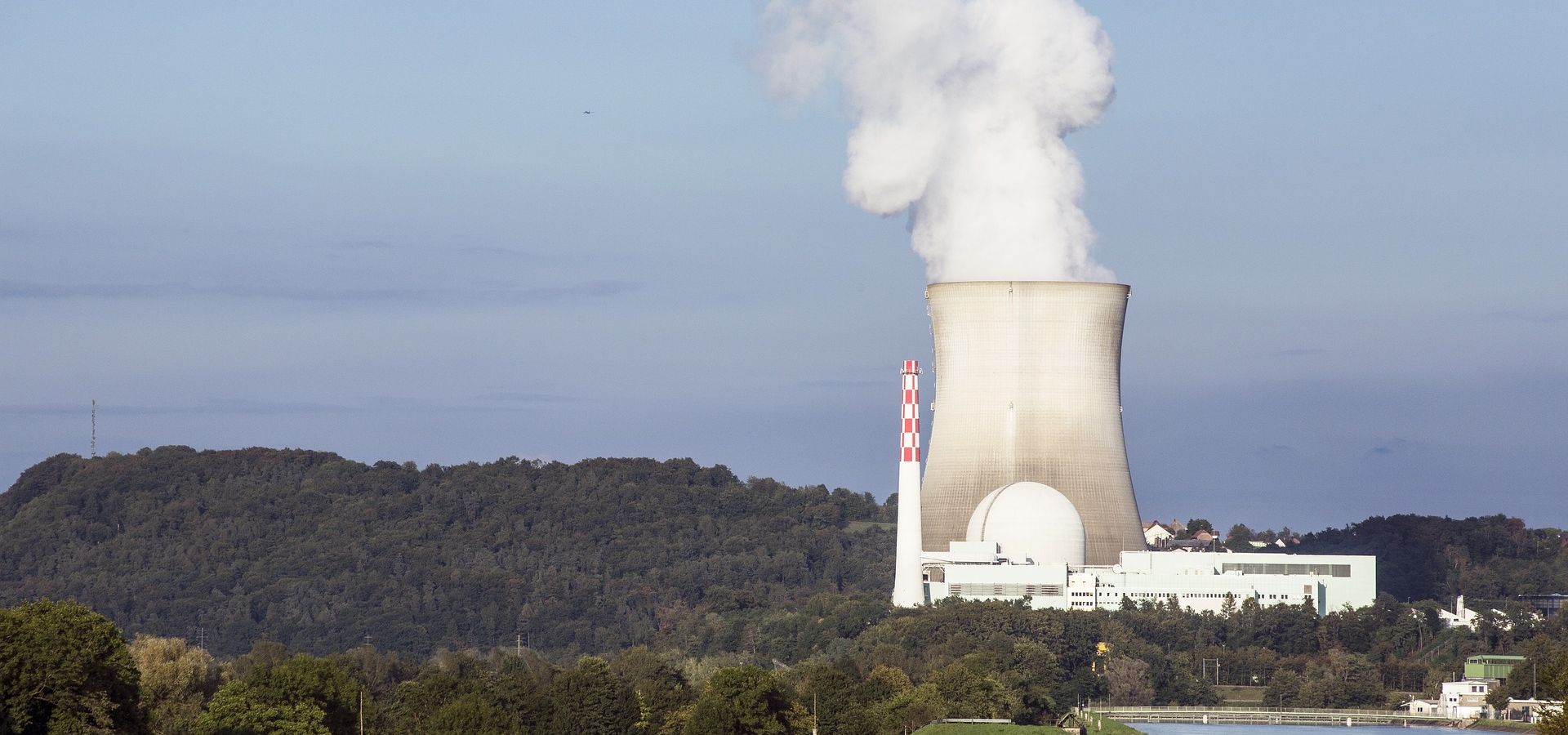The Polish government is looking ever more desperately for a way out of the energy impasse. Hence their return to the idea of building a nuclear power plant. Michał Olszewski gives us some insights.

Poland has been debating nuclear energy for decades. (Public Domain)
Poland’s discussion of nuclear energy comes and goes like the seasons, and there is also something deeply sad about it. Suffice to recall that it has been running, off-and-on, for the 40 years since the decision to build a power plant in Żarnowiec at the Baltic Sea coast. The project was extensive, and the authorities trained the personnel that was to be employed in the new plant, but the plans fell through after the Chernobyl incident changed social attitudes. Under the pressure of public opinion and having calculated the very high investment costs, the first government after the collapse of Communism withdrew from the project. Since then, further analyses have been performed, only to disappear into ministerial drawers. Government plenipotentiaries for nuclear energy come and go, the debate dies down, and then starts up again. The date it will be commissioned is revised, as are the installed power of the reactors and the prices – all on paper.
Why is the discussion sad? Not on account of frustration among the Żarnowiec plant’s would-be employees, who travelled around the world and did not too badly at all. What’s sad is the inability to make clear decisions that might finally end the matter, or finally confirm the will to build a nuclear power plant. Instead, we lose successive decades to disputes and discussions around an investment that, all signs indicate, exceeds our capabilities. I intentionally leave aside ecological questions about the enterprise for another time. For now, it seems that the construction of the power plant is beyond our reach, just like participating in a space programme. This gives me no cause for an inferiority complex – the Polish economy is doing very well in many areas, but it must be accepted that the construction of a nuclear power plant may be too technologically and administratively complex.
How then should we look upon Poland and the US signing a memorandum on the construction of nuclear reactors? On June 12, during Andrzej Duda’s visit to Washington, the Polish government’s plenipotentiary for strategic energy infrastructure, Piotr Naimski, and Rick Perry, the former US energy secretary, signed a Memorandum of Understanding (MoU) on terms of cooperation in civil nuclear energy. The Minister of Energy Krzysztof Tchórzewski has far-reaching visions, which feature up to six nuclear reactors being built in Poland by 2043. The first 1–1.5 GW reactor would start up by 2033. The estimated cost of the entire investment currently stands at about PLN 130 billion. The US would be the main shareholder in the power plant.
The Polish government, it seems, is looking for a way out of the energy impasse with increasing desperation. Our energy system is among the least diverse in the entire Union; Malta and Cyprus are worse in this respect, though their small areas mean that they face problems on an entirely different scale. According to the Energy Forum, in 2017, 78 per cent of all electricity derived from coal-fired sources. The trend is changing – slowly, but irreversibly; in 2005 as much as 90 per cent of energy came from coal. However, this transformation is too slow to save the Polish economy from serious (and long-foretold) trouble associated with the rising price of carbon dioxide emissions allowances.
The government, known for its distrust of renewable energy sources, is therefore looking for a low-emission source to fundamentally change the energy mix. The trouble is that betting on nuclear power is very risky: no expert can currently determine the ultimate cost of the investment or the date when it will be connected to the grid. The best example is the Finnish Olkiluoto3 plant, which was meant to enter into operation more than ten years ago, whereas it will actually start running – unforeseen problems notwithstanding – in 2020. The cost of its construction has increased three-fold, from 3 billion euros to 8.5 billion. Let us not forget that in this case, we are talking about a single 1600 MW reactor, while the Polish government intends to build six. It needs to be stated clearly: the example of the Finns, who are technologically far more advanced than Poland, shows that for now the construction of such a complex organism as a nuclear power plant is extremely risky. Of course, for the contractor or technology provider this is of no consequence if the fault lies with the party placing the order. For Poland, who needs to change its energy mix, however, this is a very risky game: instead of seeking to save itself with cheap and increasingly efficient renewable energy sources, the government will focus its financial and administrative efforts on an uncertain investment.
Has the memorandum yielded anything concrete? Not yet. It is a general document, and non-binding, so it may be that the MoU was signed purely to maintain the appearance that Poland is still in the nuclear game. Meanwhile, however, the lack of any action whatsoever – even symbolic – will make it hard to take Poland seriously. Thus, the Americans have been gifted with a tool which allows them to exert political pressure on Poland.
And none of this answers the most important question: do Polish politicians want a nuclear power plant? I’m betting that no one knows. Not even them.
This article is an updated version of a blog that was first submitted in September 2019.